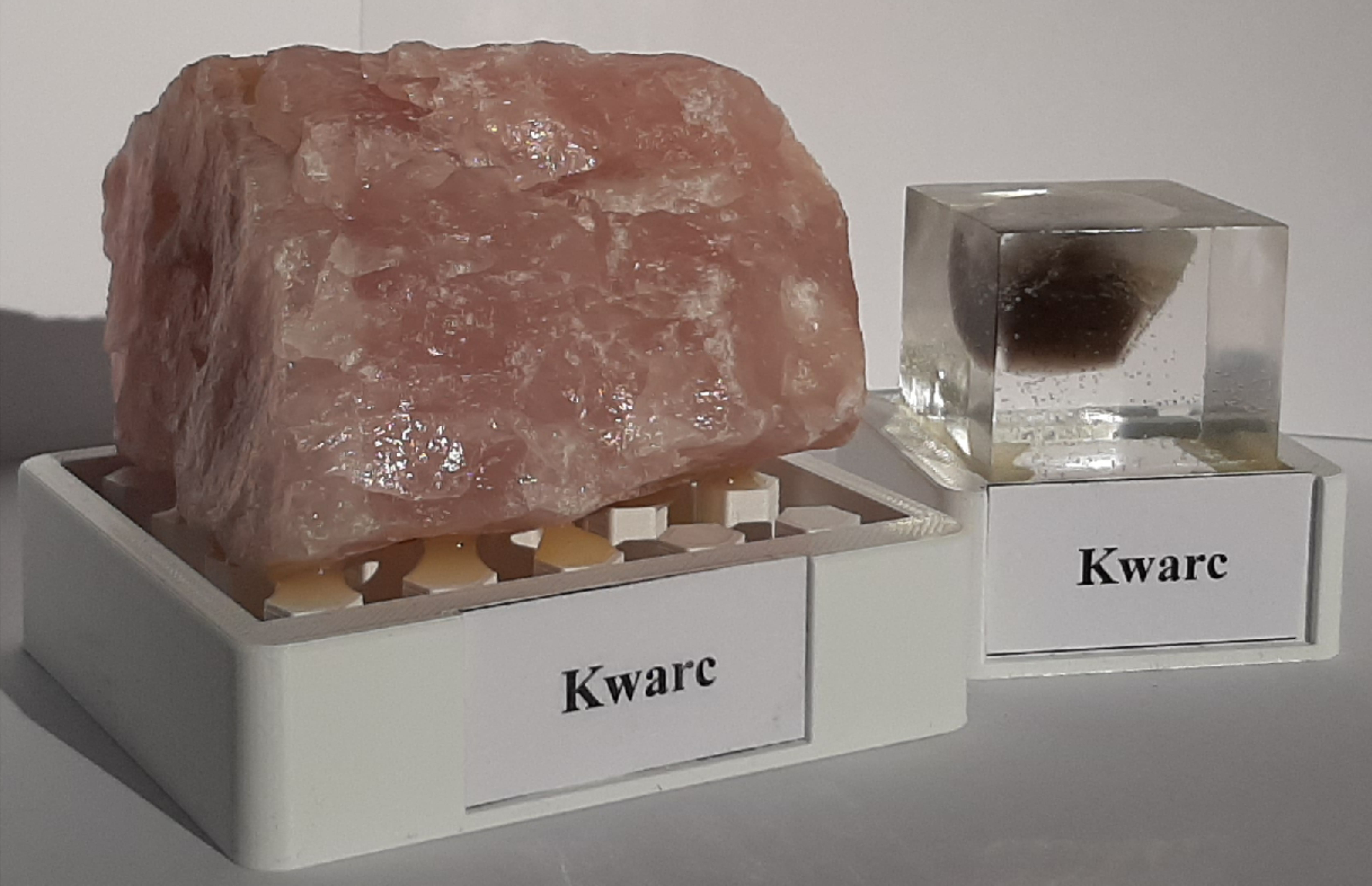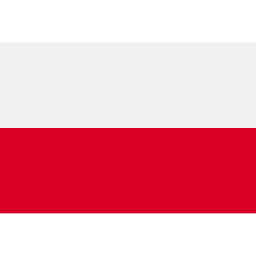
Quartz
silicates
2.65 g/cm3
trigonal, hexagonal
blurred
SiO2
in its pure form it is colourless, but it comes in colours such as white, yellow, purple, brown, green, blue, pink
7 on the Mohs scale
greasy, glassy
Quartz is one of the most popular minerals on Earth, it occurs in igneous rocks rich in silica, as well as in sedimentary rocks (sands, sandstones, loess) and in gneisses and schists; it is often accompanied by minerals such as calcite, tourmaline, feldspar and garnet; occurs all over the world in countries such as: USA, Mexico, Brazil, Romania, Switzerland, Russia, Madagascar, Japan; it is also popular in Poland and can be found in Silesia
Quartz is usually colourless, but admixtures may change it, so there are different varieties of this mineral, such as agate, amethyst, citrine, blue quartz, pink quartz, smoky quartz, iron quartz, morion, falcon's eye, tiger's eye; it forms crystals most often with a columnar shape with a hexagonal base, needles, tablets, and also a double hexagonal pyramid; twins are common; characterized by a greasy and glassy sheen, unclear cleavage and conchoidal fracture; quartz is so popular that, apart from being the main source of silicon in the world, it is used in areas such as jewellery, construction, ceramics and glass industries (for the production of silicon glass), and serves as a temperature indicator in geology because it has high conductivity thermal
The name quartz comes from the Greek word krystalios, meaning "ice"; in the past it was believed that quartz was ice hardened by unknown processes, a theory supported by the Roman naturalist Pliny the Elder, who said that quartz occurs near glaciers in the Alps, but not in volcanic mountains, and that large quartz crystals were formed into balls to cool hands; this idea survived at least until the 17th century; we may not even realize how often we deal with it because large amounts of it are found in ordinary sand; in the Neolithic era, quartz in the form of a rock crystal was used as an amulet; quartz can also be found in everyday life, in powder form it is used for paints, toothpastes, and washing powder; the largest quartz ever quarried can be seen at the Smithsonian Museum of Natural History


